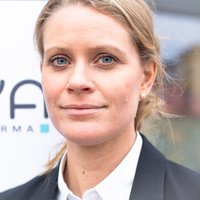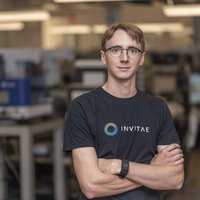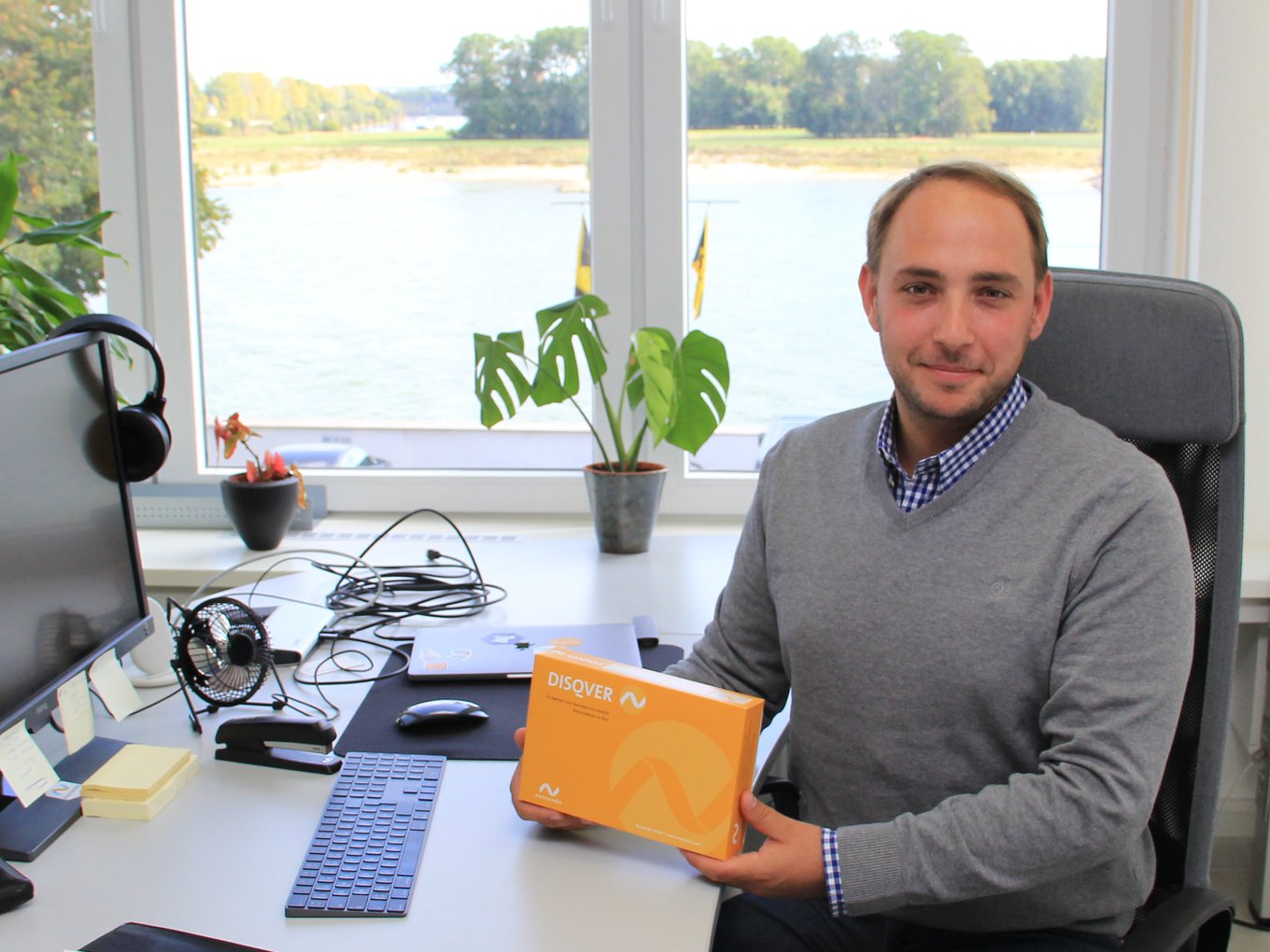Sepsis remains a major medical challenge, with some 30 million cases worldwide each year, according to the World Health Organisation, and a mortality rate ranging from 30% to 40%. This disease occurs when the immune system responds excessively and releases chemicals into the blood to fight an infection. As a result, there is widespread inflammation and the organs no longer receive nutrients and oxygen. Blood tests can detect which pathogen is causing the infection. However, the current systems for studying blood samples do not allow an immediate diagnosis of sepsis and only in rare instances do they identify microorganisms other than bacteria.
To address this situation, biotechnologist Philip Stevens has developed a diagnostic tool that sequences blood samples, reports microbial findings, and evaluates the severity of the patient's health status. Stevens started this research during his doctorate at the Max Perutz Laboratory in Vienna, Austria and founded his company Noscendo. Thanks to this project, this young innovator has become one of the winners of Innovators Under 35 Europe from MIT Technology Review.
Stevens' sequencing machine collects the patient's raw data and then analyzes it with software. This works through an algorithm which is based on bioinformatics techniques and statistical models. More specifically, the system performs a cell-free DNA (cfDNA) analysis of a patient, allowing it to identify more than 1,500 microbes such as bacteria, fungi, and parasites in less than 24 hours. Access to a wide range of biomarkers is what makes the young innovator's technology unique compared to current procedures, which analyze previously defined sections of DNA and offer limited results.
"Thanks to this new way of studying blood samples, a patient's data can be analyzed in just 10 minutes to quickly detect the microbe that is causing the infection," says its creator. In this way, his approach encompasses the entire initial process of treating sepsis. From a single blood test it sequences the data and provides a diagnostic report, regardless of the patient's medical history and the severity of the disease. In contrast, traditional systems often take several days to make a complete diagnosis.
Noscendo also comments that current alternatives offer qualitative answers about whether or not a patient suffers from the disease. His tool, however, offers quantitative data on the degree of infection, which is very useful for monitoring and measuring the effectiveness of treatments. "This model is also capable of identifying antibiotic resistance genes," Stevens adds.
After conducting research involving 20 medical centers, Stevens demonstrated that his system identifies a blood infection seven times more frequently, resulting in a change in how 50% of patients are treated. The innovator is confident that these figures will open the door for him to start conversations with German public insurance systems in order to introduce his system in more medical centers. "This technology has the potential to change the way infections are diagnosed, something that will help thousands of doctors treat millions of patients," he says.
Rodrigo de Alvarenga, CEO and Founder of the HAG Group and member of the Innovators Under 35 Europe 2019 jury, comments that the technology of this innovator "is really interesting and offers many advances to diagnose sepsis while shortening the time between tests and the results that support the treatment of this disease."
By Alba Casilda
Translation: Brian Bostwick




